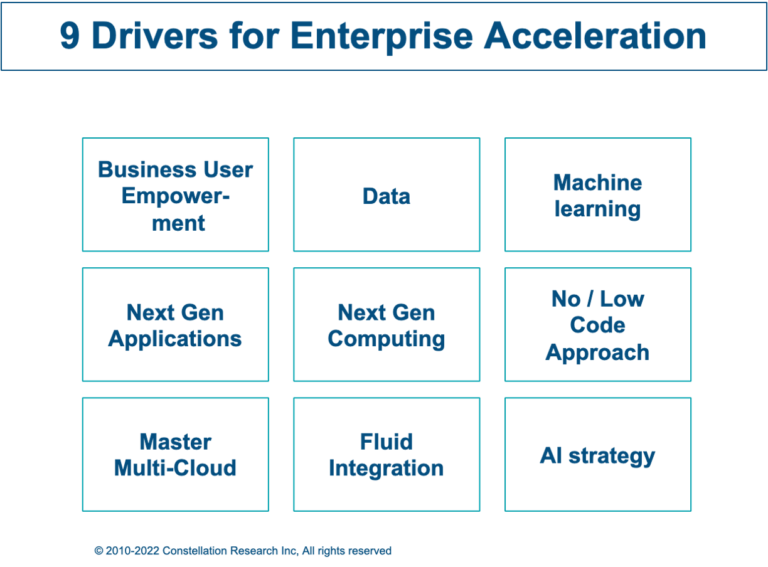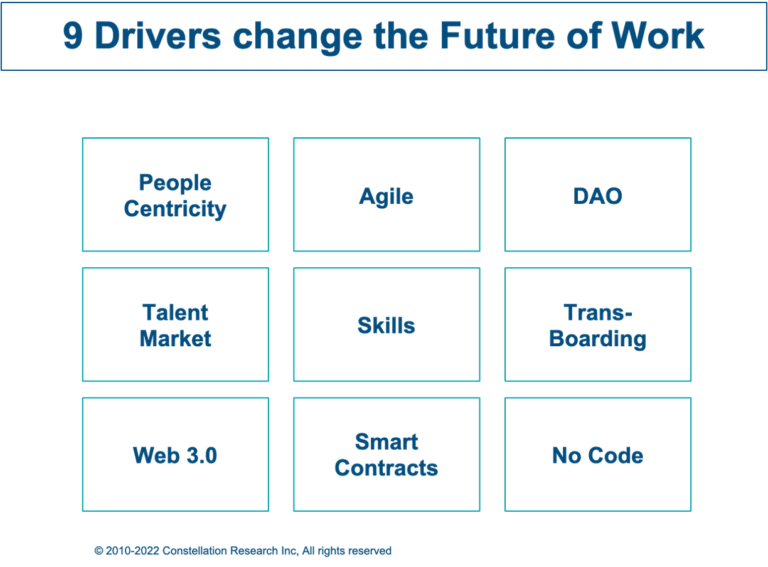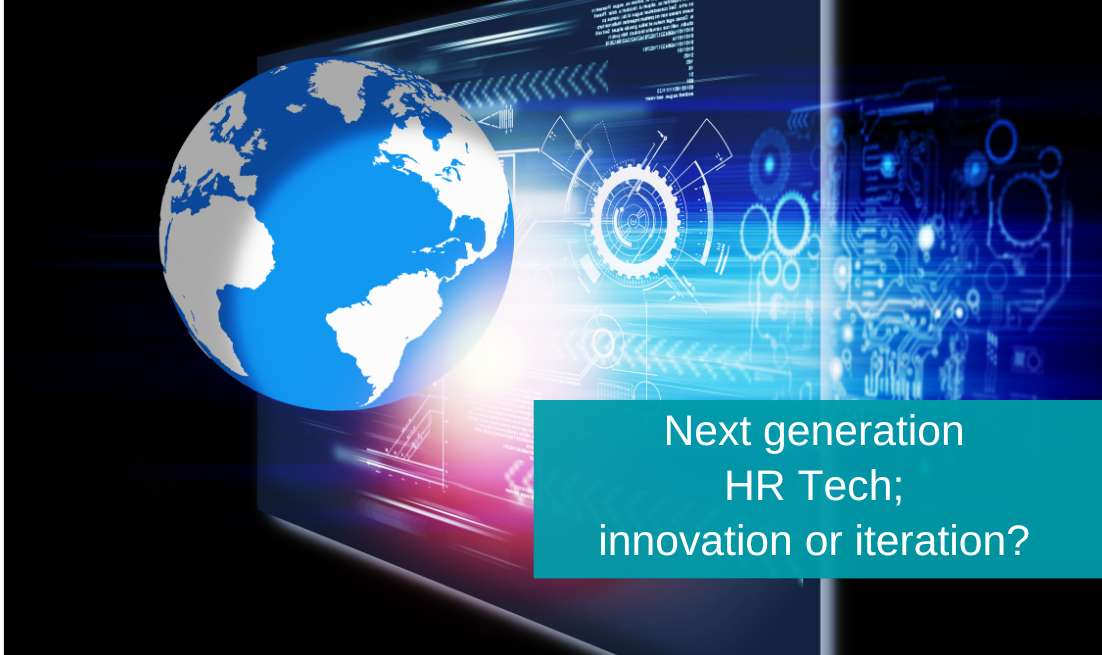There’s a great deal of iteration in HR technology. New versions of solutions and suites are released on a daily basis and more startups emerge with new insights into addressing existing HR challenges using technology. But what does the next big wave of true innovation look like? And will it really differ from our current view on HR technology?
 At UNLEASH World 2022, world leading analyst Holger Mueller, of Constellation Research, shared his vision of the next generation of HR technology.
At UNLEASH World 2022, world leading analyst Holger Mueller, of Constellation Research, shared his vision of the next generation of HR technology.
Development from daily practice versus technological possibilities
According to Holger, there is a clear tipping point in the development of HR technology. Until mid-2017 technological developments were largely driven by practical needs in organisations. A very clear tipping point can be observed in recent years. The technological (often unlimited) possibilities as a result of, for example, AI, Machine Learning, Big Data, Cloud computing, etc. are moving so fast, that organisations are often looking for possibilities to apply these new technologies rather than being driven by the daily operational need.
In addition to major technological developments, a reassessment of how we all want to work together in the future is also taking place. This is the result of, amongst other things, COVID-19 and the current shortage in the labour market, but is also driven by a number of important macro trends such as globalisation, digitalisation, the ageing population and the collaboration between humans and technology.
9 Drivers for enterprise acceleration
Holger sees a number of important drivers for both organisational developments and the way work is represented in the future.

Important pillars in the acceleration of organisation-wide technology developments are of course the new ways in which future software is being developed. Making use of a.o. Cloud technology, Machine learning and software development according to the so-called ‘low code approach’; developing software without old-fashioned code programming.
A good example is new payroll processing software that is built on the ‘Always On’ principle, in which changes are processed immediately instead of during a monthly processing run on a fixed date in the month.
User influence increases
In addition to the way in which organisations adopt new and simple technologies, the influence of (business) end users will increasingly influence the way, but also the speed, in which organisational developments are supported technologically. Ultimately there will be a catch-up again, with users leading instead of technological possibilities.
The 9 drivers for “Future of Work according to Holger?
As mentioned, Holger also elaborates on Tech trends in the future of work.

We’ve seen well-known developments like Agile working, Talent Marketplaces and Skills Based HR in all presentations during UNLEASH. But this overview contains a number of new developments.
DAO and Smart Contracts
The so-called “Decentralised Autonomous Organisation (DAO)”. Inspired by the Blockchain approach, organisations are fully (online) decentralised, based on shared decision-making without (strong) central control. These organisations are run by business rules encoded as computer programmes called smart contracts. The rules that a DAO uses to store financial transactions and programme rules are maintained in a blockchain. There are several examples of this business model in the crypto industry, like for instance Dash. The exact legal status of these types of organisations is still unclear.
Web 3.0
Web 3.0 is currently still a concept, but it is considered to be the next phase in the development of our current internet. In Web 3.0, more control over personal data (online assets) plays an important role. It offers companies the opportunity to develop new business models and service models and from that new partnerships.
Both of these developments still seem a long way off, but will certainly influence how the new generation of organisations will be set up and how ‘work’ will be organised in such organisations.
Conclusion
Looking at the new developments that Holger Mueller outlines, we can certainly expect innovation in HR technology.
 About the author
About the author
Ron Bosma is Managing Partner at TalentIn. With more than 30 years in the industry his expertise helps organisations build and execute their workforce strategy, making sure that what is designed can be implemented.
TalentIn has extensive national and international experience in developing and improving strategies for the recruitment of your permanent and temporary staff including the underlying technologies. We know how these strategies can be designed and implemented successfully. We advise, but can also provide practical support. Are you interested? Please contact us for an appointment without obligation via www.talentin.eu, info@talentin.eu or +31103075422.





